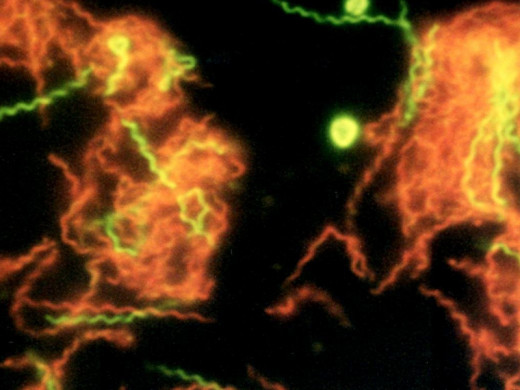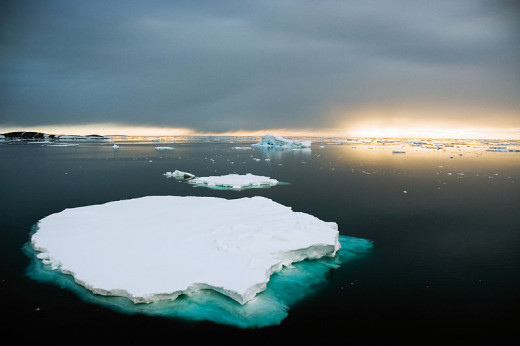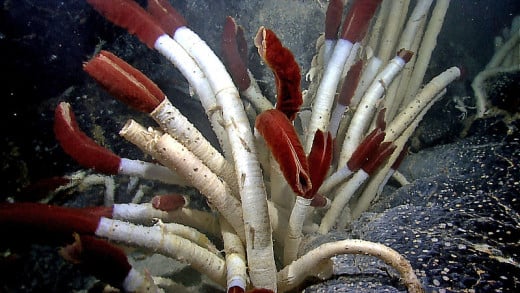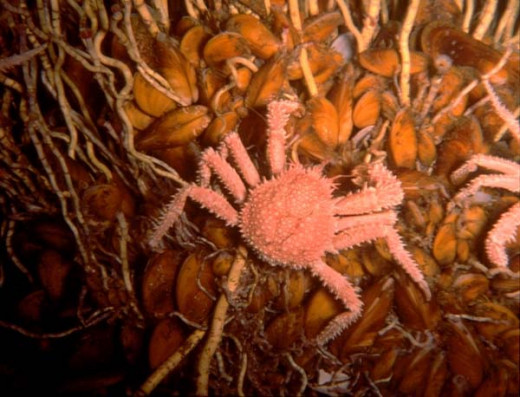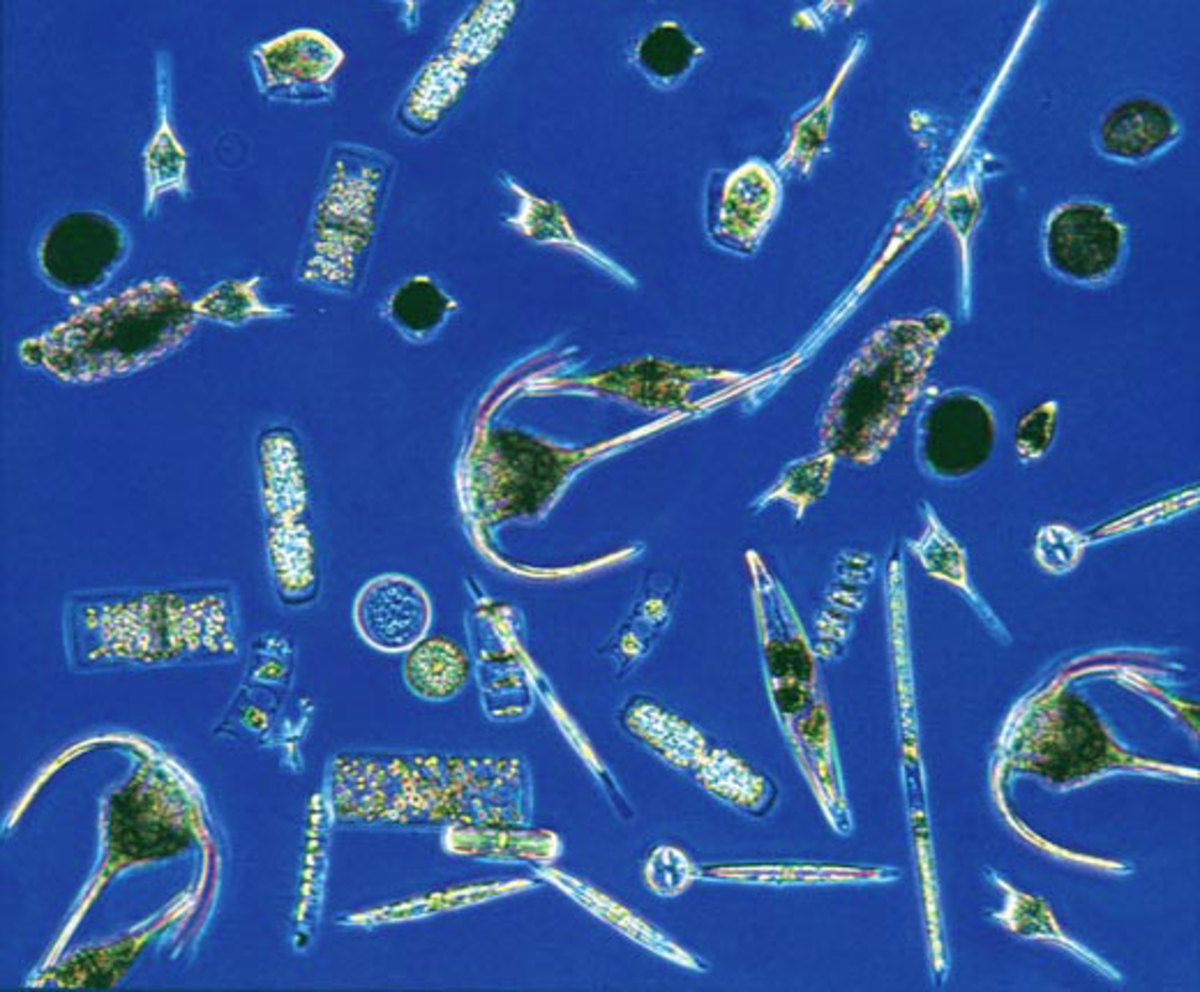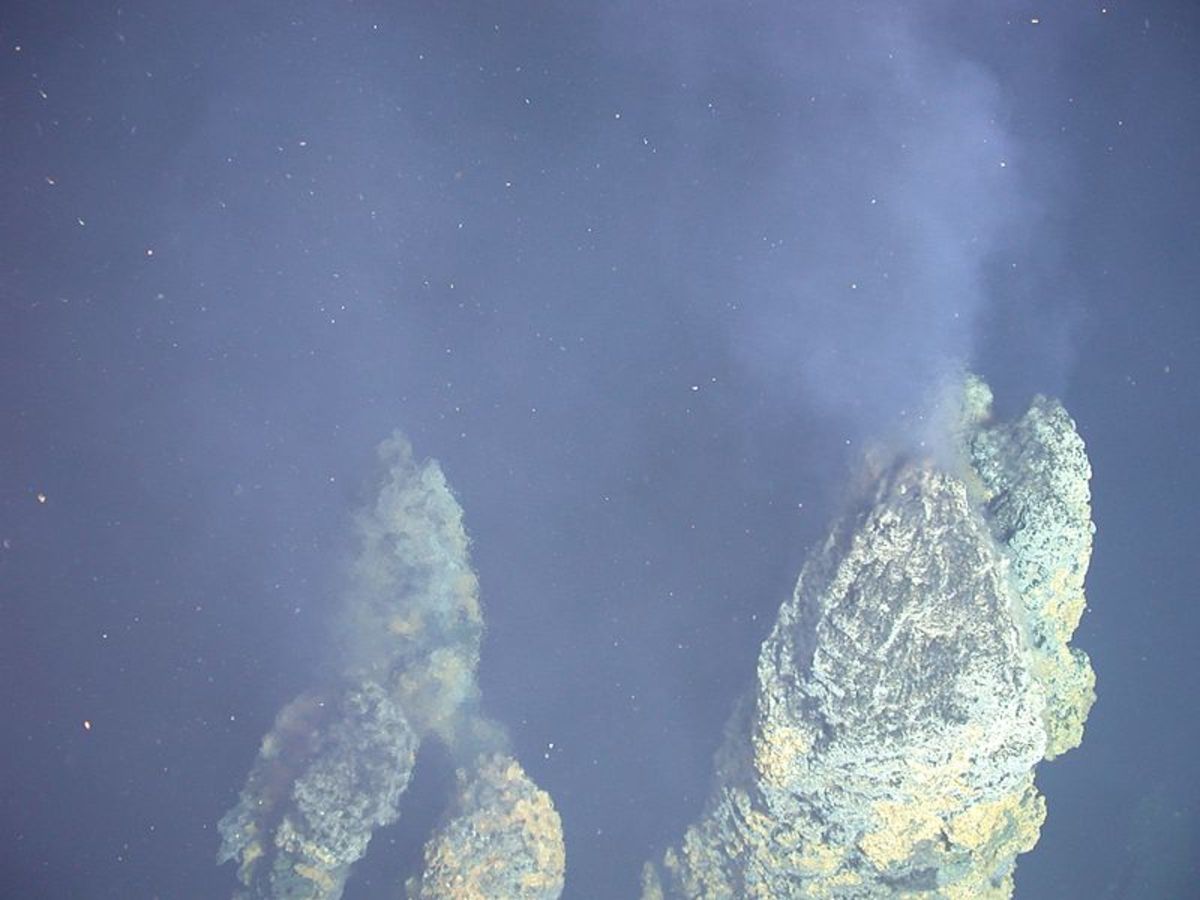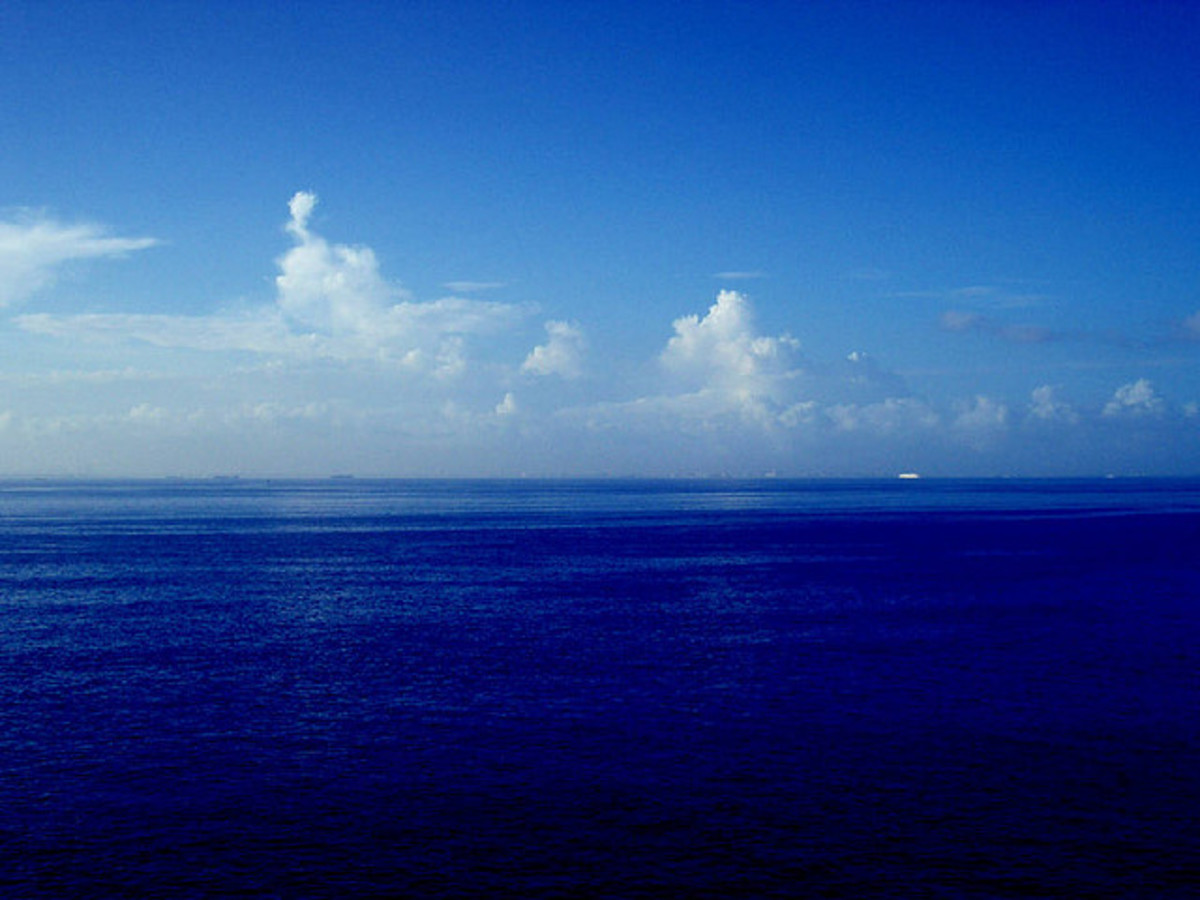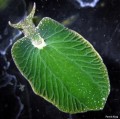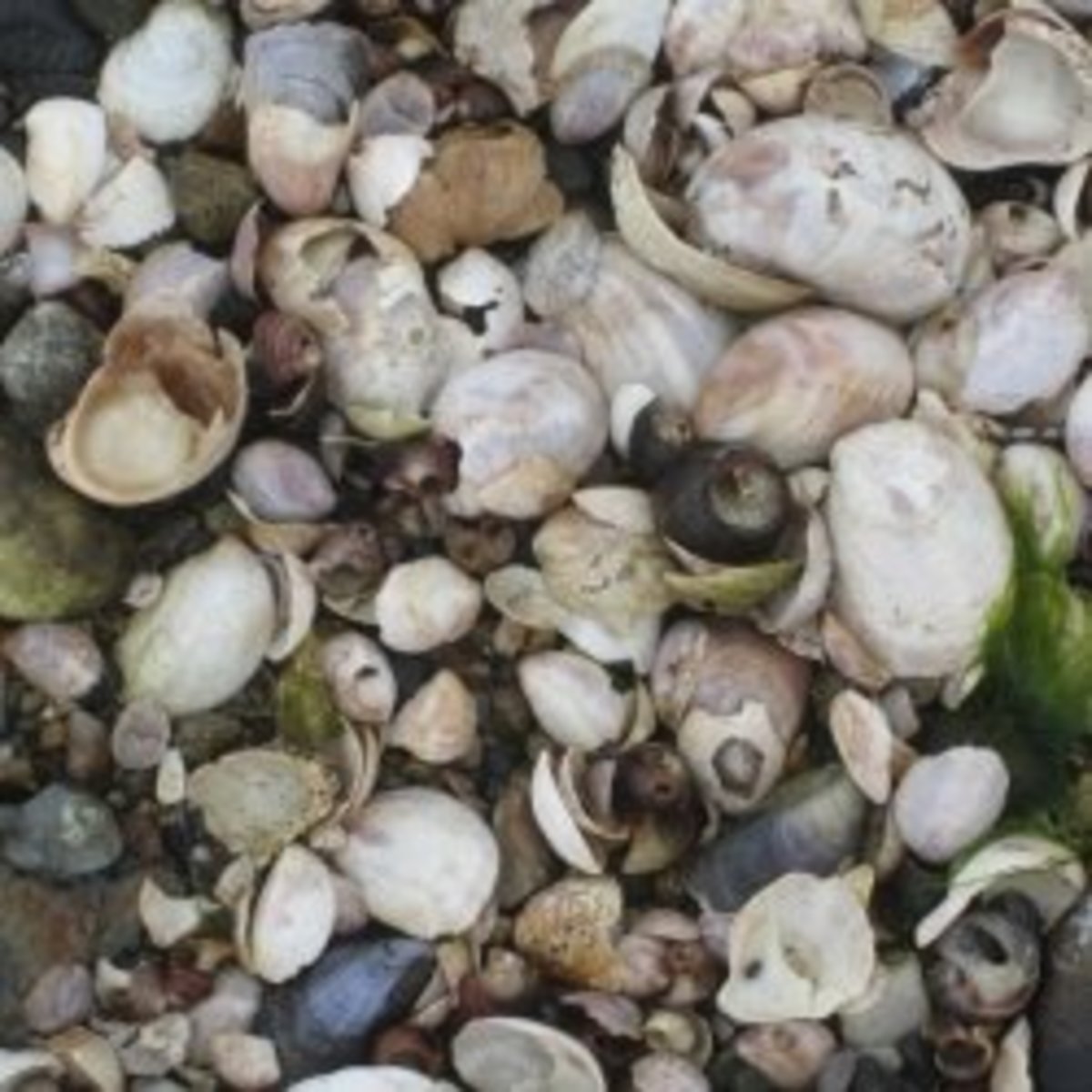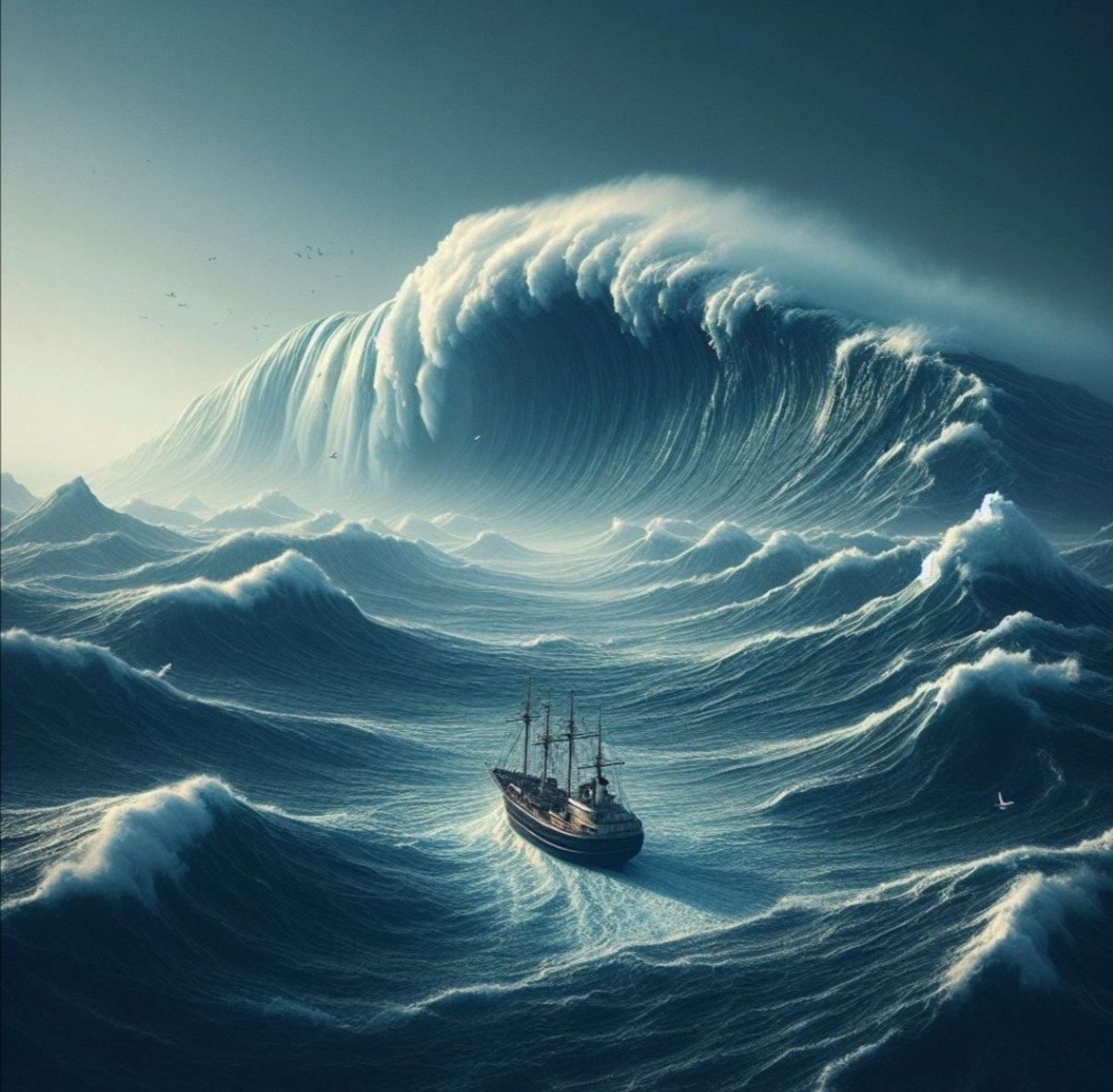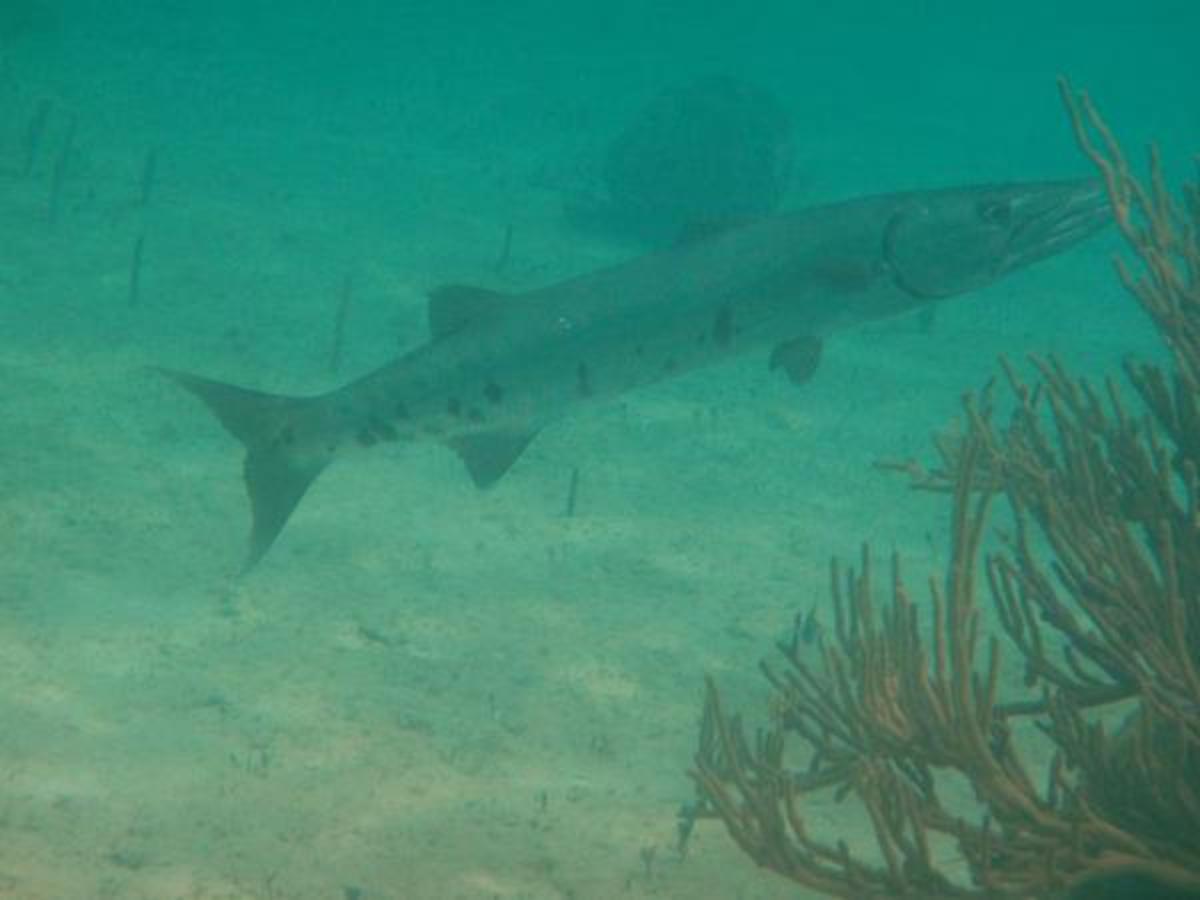Communities Based on Chemosynthesis in Hydrothermal Vents
Chemosynthesis

What is Chemosysnthesis?
Chemosysnthesis is a life process by which ocean organisms make use of chemical energy found in the deep ocean to create organic molecules. As opposed to photosynthesis , which converts sunlight into organic energy, deep sea communities use a process known as chemosynthesis, which consists in the manufacture of carbohydrates and other organic compounds from the oxidation of sulfates.
The process of chemosynthesis may occur in regions of the ocean floor where sunlight is scarce and those communities living in such depths depend on the energy found on sulfate and methane, which is utilized by microbes, which in turn, create a symbiotic relationship with higher marine life in the ocean floor in order to thrive
Chemosynthesis and photosynthesis
All organisms depending on photosynthesis use solar energy to turn carbon dioxide and water into glucose and oxygen.
Most of the energy used by living organisms in the planet comes from the sun. Plants produce energy by converting sunlight into chemical energy which is then used by other organisms on the planet. This process of converting sunlight energy into chemical energy is known as photosynthesis. And is the only process known until about a few decades.
There is another form in which organisms use chemicals to produce energy (food). This occurs in the bottom of the ocean where sunlight cannot penetrate around hydrothermal vents. Hydrothermal vents are fissures in the earth´s crust due to tectonism. It´s around these vents that bacteria and archaea use the chemicals dissolved from the vents, turning them into energy that other submarine organisms, including giant tube worms, shrimp, limpets and clams feed on.
Hydrothermal Vent
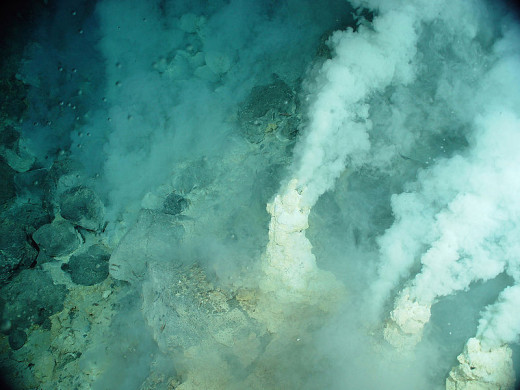
Hydrotermal Vents
Chemosynthesis occurs in hydrotermal vents in the deep ocean floor at very high temperatures and total absence of sunlight, but it can also occur in cold seeps, whale falls and wood falls which are the carcase of whales and trees respectively, deposited in the ocean floor. A hydrotermal vent develops when magma and lava seep through the fissures in the Earth´s crust, discharging chemical-rich compounds which are utilized by bacteria to produce organic compounds which can sustain diverse ocean communities and higher deep sea organisms.
Alvin Submersible
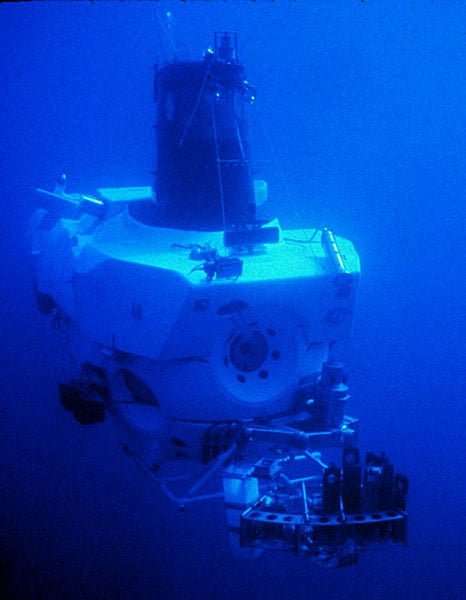
Discovery of Hydrothermal Vents
It was in the 1970s that oceanographers studying the deep ocean floor with the use of submersibles discovered rich clusters of marine life thriving in the deep ocean floor.
These communities of marine life did not depend on the sun´s light but by the oxidation of of chemical compounds seeping from the deep ocean crust. These microorganisms (bacteria) were discovered flourishing in the vecinity of hydrotermal vents in the ocean floor.
Extremophiles Trapped in ice cores and Extreme Hot Places
Click thumbnail to view full-size

Extremophiles
Organisms that utilize chemosynthesis to obtain their energy are known as extremophiles. Extremophiles are able to withstand physical or geothermically extreme conditions, such as very cold or very hot living conditionss., Such extreme living conditions are considered detrimental to most other life organisms on earth. These enduring organisms engage in symbiotic or parasistic relationships in order to survive.
Entire ecosystems based on chemosynthesis thrive around deep ocean springs, where methane, hydrogen sulfide, among other hydrocarbon-rich compounds seep out from the ocean floor crust. Bacteria clustered on the rocks around the vents in thick orange and white mats, use hydrogen sulfide gushing from the vents and oxidize it into sulfur. They use the energy released to combine carbon, oxygen and hydrogen into hydrocarbons, which is the driving power of these communities.
The Ocean Ecosystem
From 1-5 How Interested are you in the Ocean Ecosystem?
Tube Worms, Crabs, Giant Clams
Click thumbnail to view full-size

Marine Ecosystem
A whole marine ecosystem develops from this simple chemical reaction. Marine animals, including sea clams, mussels, snails and many other small animals feed on the bacteria. Bigger animals, such as crabs and shrimps consume the smaller animals and this in turn are eaten by larger animals, such as octopus and fish.
Tube worms and giant clams have engaged in a mutualistic (symbiotic) relationship with the bacteria that thrives within them. Tube worms, which are deprived from a digestive system or mouth, absorb the diluted gases the ocean water or vent and provide it to the bacteria, which in turn, converts them into organic molecules to be utilized by both, the bacteria and the tube worm.
Chemosynthesis
Marine Food Web
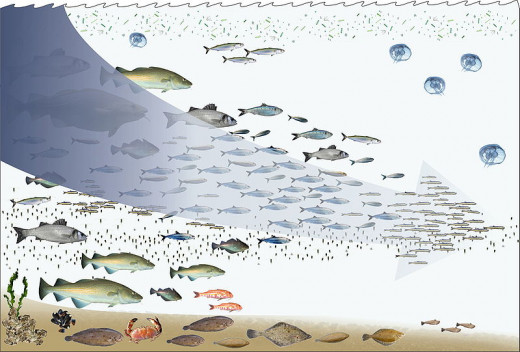
Food Webs
Chemosynthetic communities are interconnected by food webs. Each layer in a food web moves the organic energy obtained from the vents. The diversity of marine life within the community depends on the primary producers (bacteria); primary consumers, such as clams, snails and mussels (bivalve molluscs) obtain their energy from the primary producers. Primary consumers are eaten by frist order carnivores, including shrimp and crabs. At the top of the food web are the carnivores, which are rarely eaten by other animals and feed on animals below the food web layers.
Bioluminescence
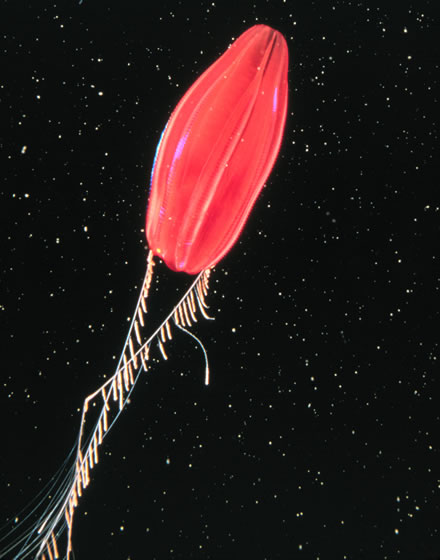
Bioluminescence in the Deep Ocean Floor
Marine animals living in the deep ocean floor have adapt not only to the extreme cold envirnment of the ocean floor, but also to enormous water pressure from the great tons of ocean water above them. The absence of sunlight in the ocean floor has led many marine animals to develop bioluminescence, as well as very highly precise senses to prevent them from being eaten by predators.
Hydrothermal vents generally last for a few months or maybe years, before bacteria (primary producers) die and the organisms that were sustained by them, either perish or migrate.
Marine life around hydrothermal vents, despite the adverse conditions, is very diverse. It is estimated that up to 300 marine animal species may thrive around hydrothermal vents. Most of these animals are endemic (not found anywhere else on the planet).
Facts About Chemosynthetic Communities
- Just decades before, chemosynthetic communities weren´t known, but with submersibles man has been able to discover and understand these ecosystems at the bottom of the ocean and inside volcanoes.
- Chemosynthesis is the process by which organisms, in the absence of sunlight, convert chemical compounds into organic particles that can sustain life.
- Most organisms that live on chemosynthesis are able to thrive from chemicals that would be harmful to other organisms.
- Entire ecosystems develop in the deep sea where no traces of sunlight can reach them.
- Communities of these ecosystems have adapted to live non-dependent from the sun and in such extreme cold and water pressure conditions that most other organisms could not be able withstand.
- Chemosynthetic bacteria often live in a symbiotic relationship with their host, providing nutrient for those organisms which would otherwise be unable to survive.
- There exists other communities which are able to survive in the ocean from chemosynthesis. These develop in clod seeps, around oil deposits and around cracks in the sea floor due to tectonism.
- Bacteria utilize methane, hydrogen sulfide, among othe hydrocarbon-rich compounds to sustain a food web.
- Volcanic activity undersea is a constant process which transforms the bottom of the ocean. Volcanoes are common along the boundaries of Earth´s tectonic plates
© 2015 Jose Juan Gutierrez

